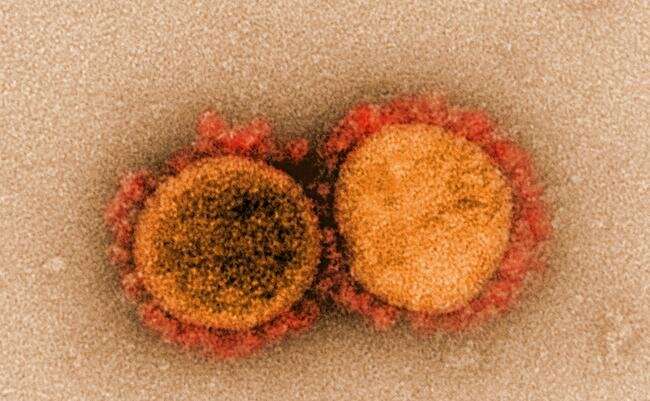
Scientists have discovered that the long-term symptoms and impact on health experienced by global populations of COVID-19 patients may be a result of a mutation in SARS-CoV-2, the virus that causes the disease. According to the team, the mutations occur after the virus has already infected the human body. This may help to explain the ability of the virus to cause a large variety of different symptoms described as “long COVID”, affecting different tissues in human anatomy long after the initial period of incubation and resulting illness, including the respiratory system, the cardiovascular system and even the central nervous system, and could one day even lead to specific treatments to protect and clear the virus from the brain.
The Spike Protein may be the Key
The team from Northwestern University Feinberg School of Medicine investigated the genomes of SARS-CoV-2 viruses in infected lab mice. They compared different strains of the virus found in different parts of the mouse’s body, with particular focus on the brain compared to the lung. It was quickly made evident that a specific deletion in the spike protein gene gave the virus a much greater capacity at infecting the brain.

The “spike” protein, so-called due to its distinct molecular shape, is a protein complex comprising several molecular building blocks which coats the outer membrane of viruses from the Coronaviridae family, including the virus which causes the Covid-19 disease, as well as other virus species such as influenza viruses.
The spike protein plays a vital role in the ability of the virus to enter a human cell. When the spike encounters a human cell, it creates a bond with specific receptors on the cellular membrane, upon which the viral RNA is injected into the cell and used by the cell’s own molecular machinery to produce more copies of the virus. The basis for the COVID-19 mRNA vaccine is founded on introducing the spike protein into the human body, so that the immune system can recognize it in advance and produce antibodies that target the spike protein, thus destroying the virus in case of an infection.
Scientists have known for years that different strains of the SARS-CoV-2 virus can have spike proteins with a variety of different shapes, but they have not yet elucidated how the diversity of molecular shapes truly impacts the ability of the virus to enter different cell types in the human body, which may cause different symptoms depending on the infecting strain.
The current research revealed that a specific spike shape allows the virus to successfully target nerve cells; when the researchers took a mutated strain from infected mice and injected it into the bodies of healthy mice, it immediately entered nerve cells in addition to cells in the respiratory system. When healthy mice were injected with the un-mutated, original virus, they experienced only respiratory illness.
The scientific community now hopes that this discovery will lead to better targeted therapies, similarly based on mRNA molecules like the vaccine used during the COVID-19 pandemic, which may prevent long-COVID symptoms and perhaps even eliminate the threat of infection altogether.
Location: Northwestern University Feinberg School of Medicine
Reference: Evolution of SARS-CoV-2 in the murine central nervous system drives viral diversification
https://www.nature.com/articles/s41564-024-01786-8
